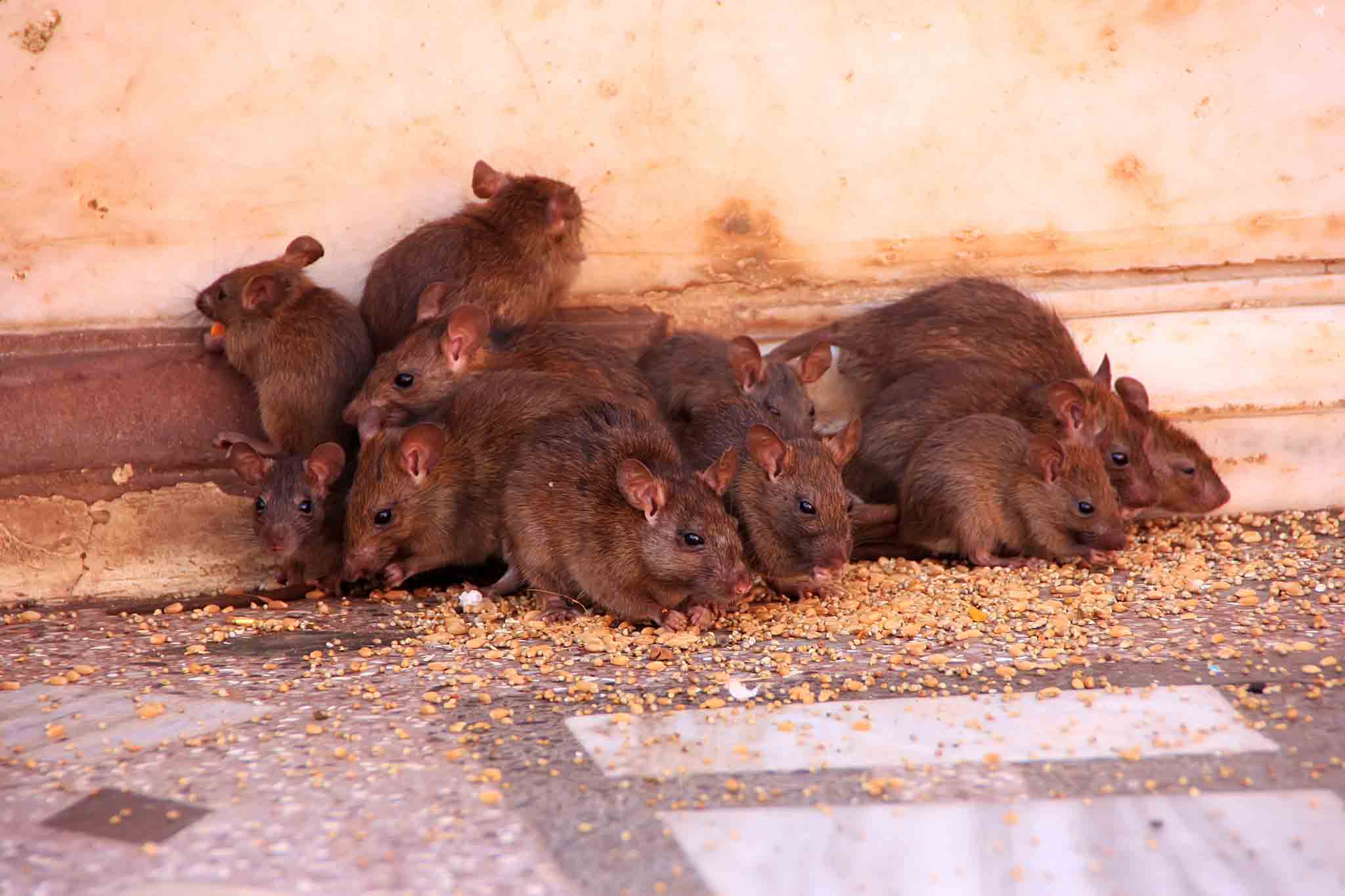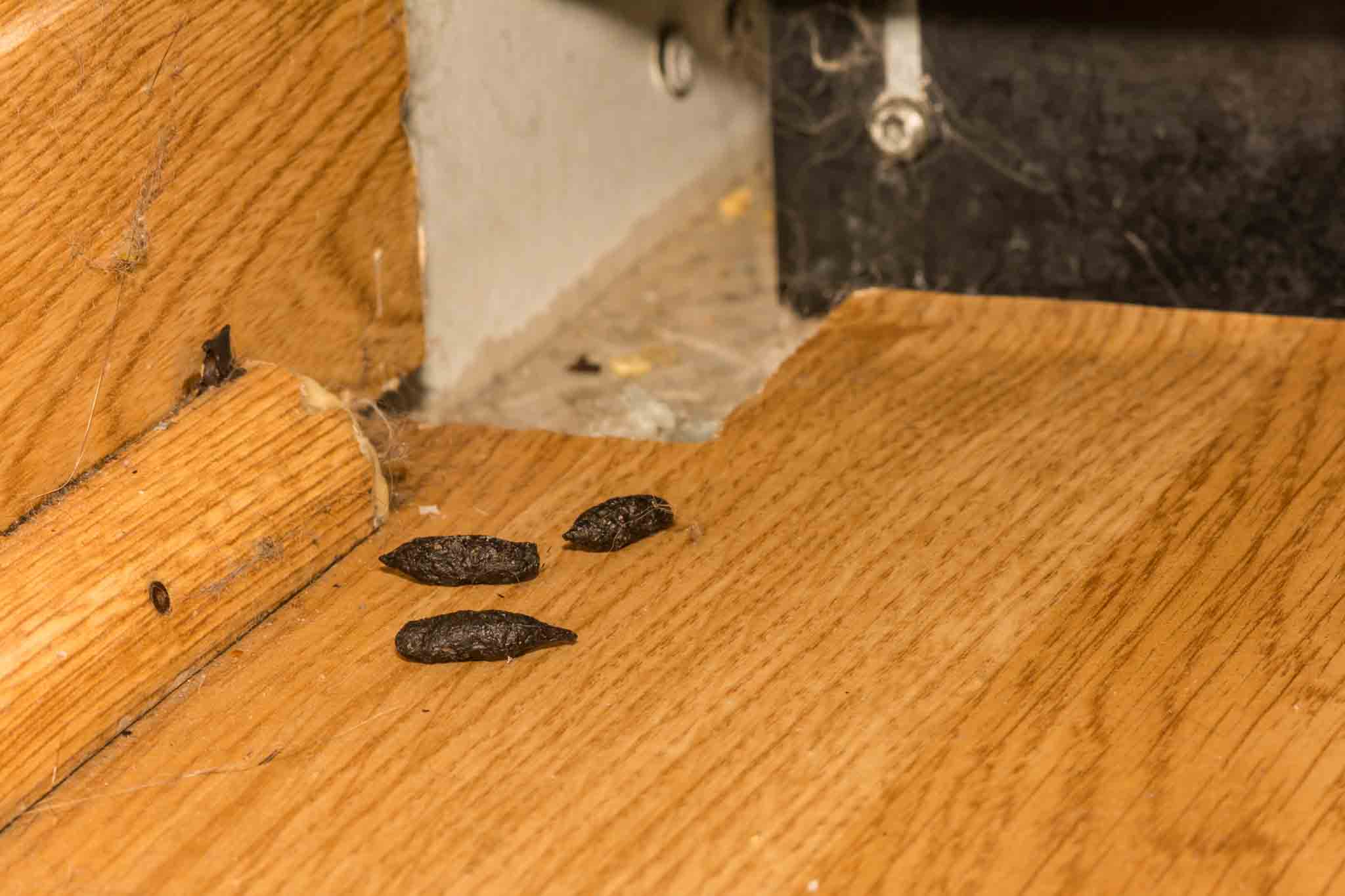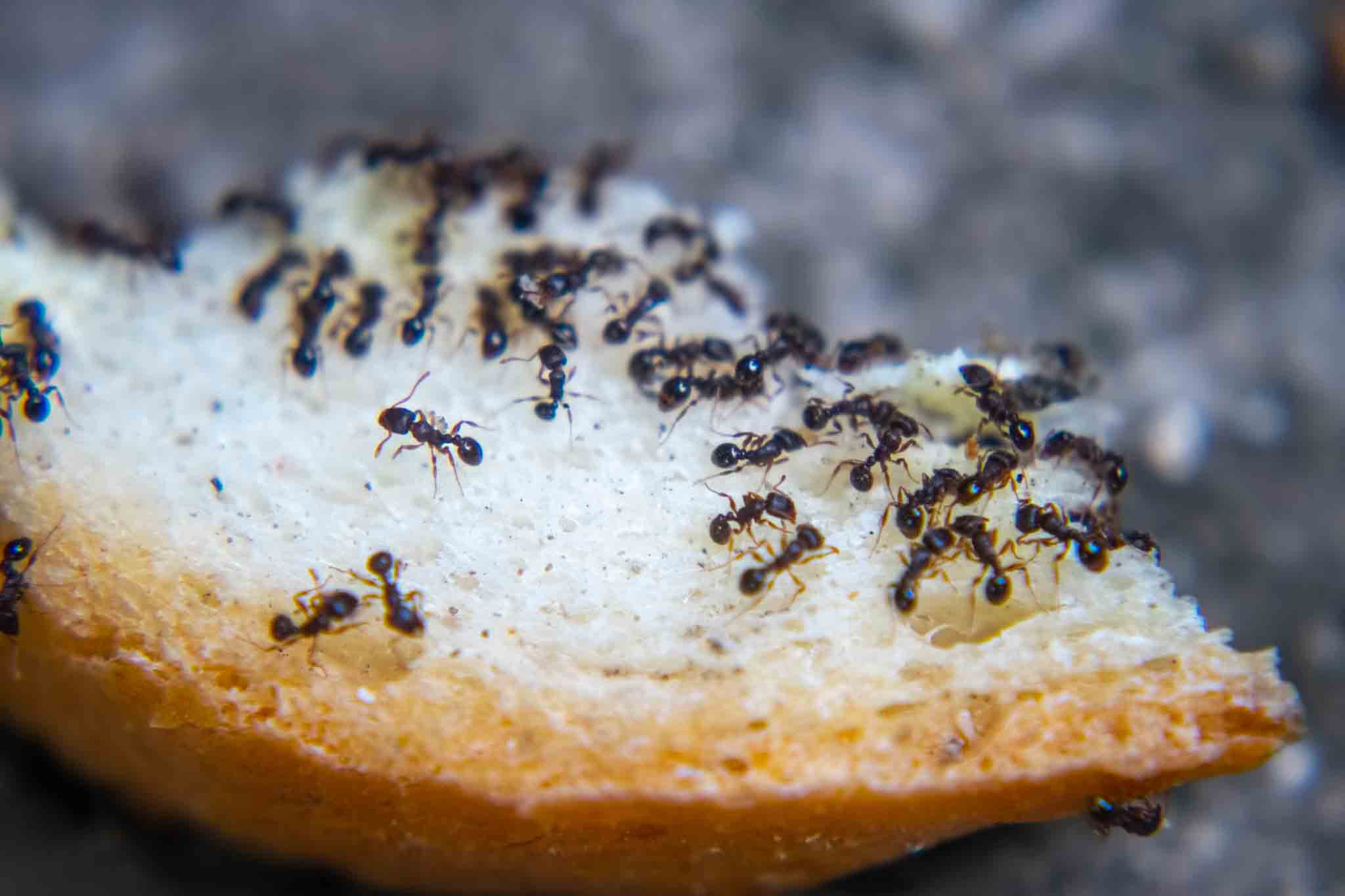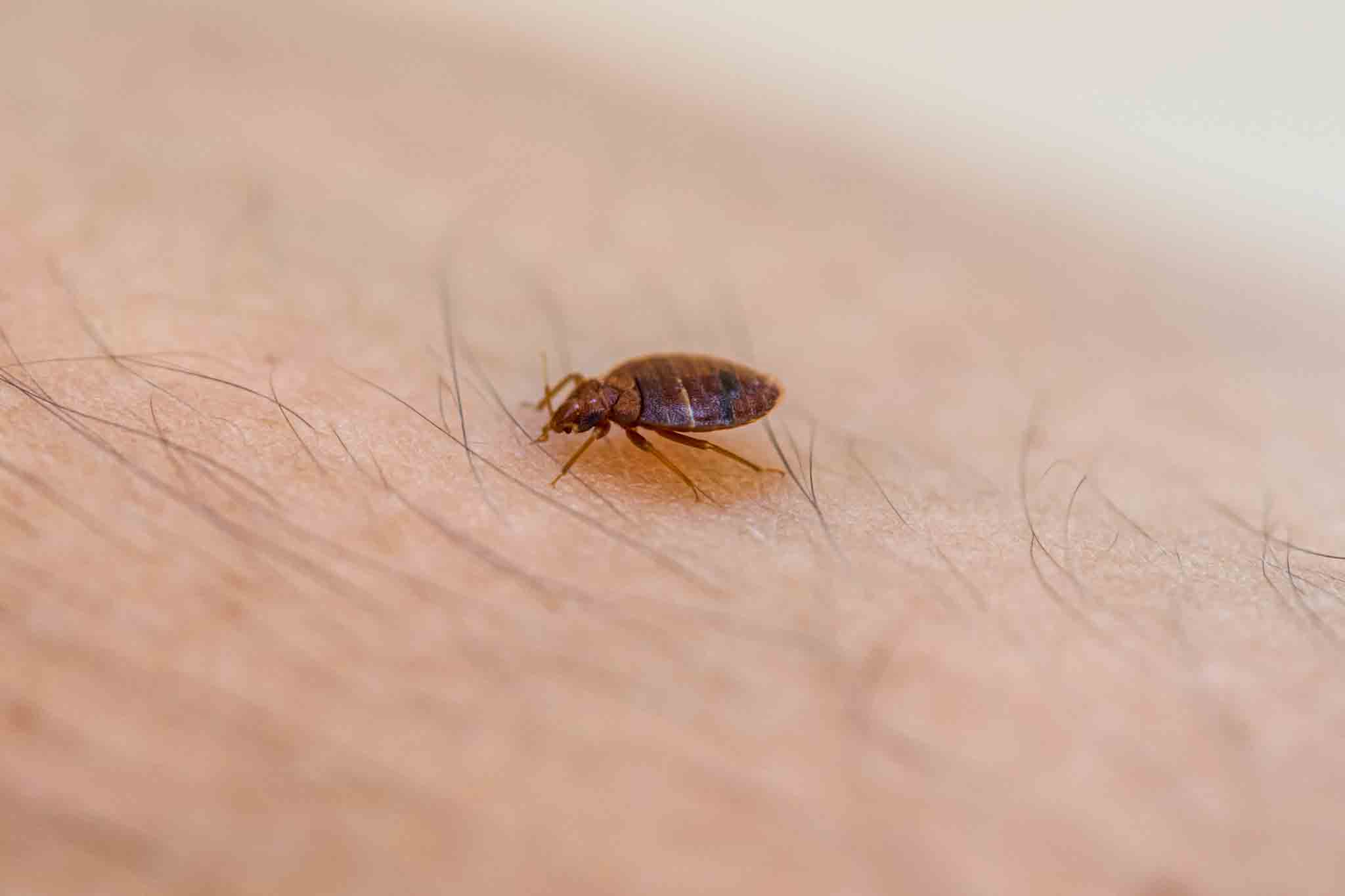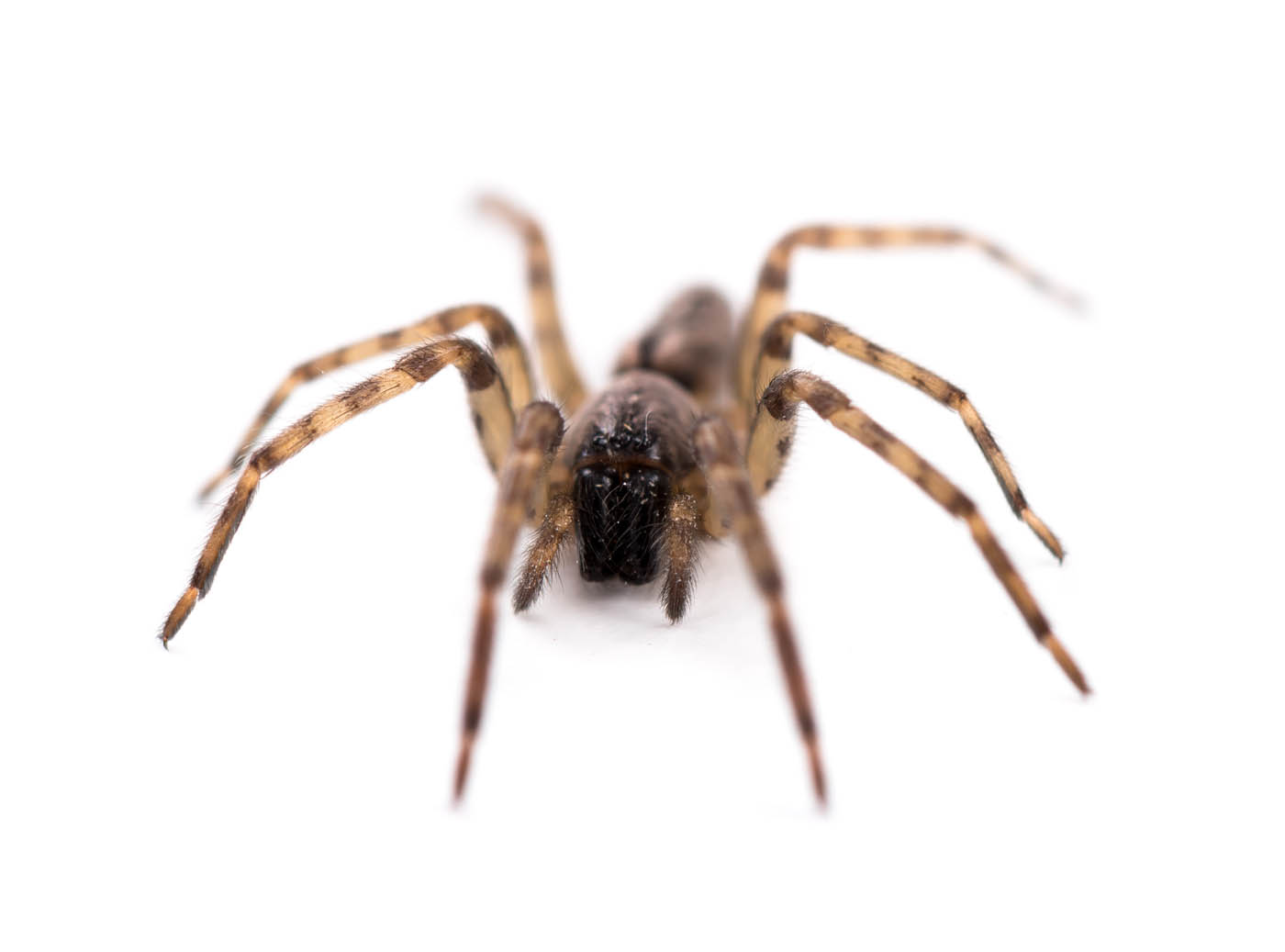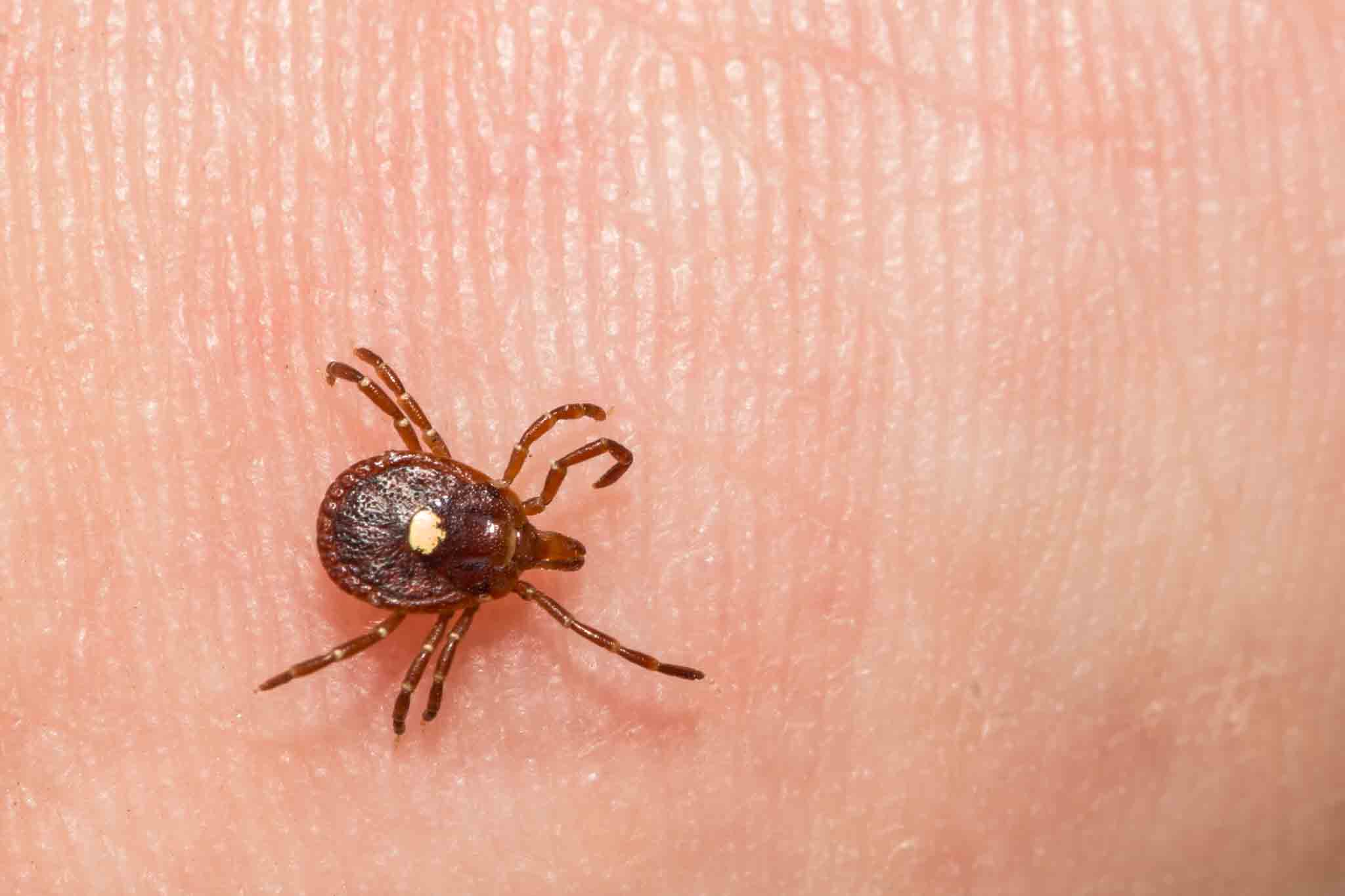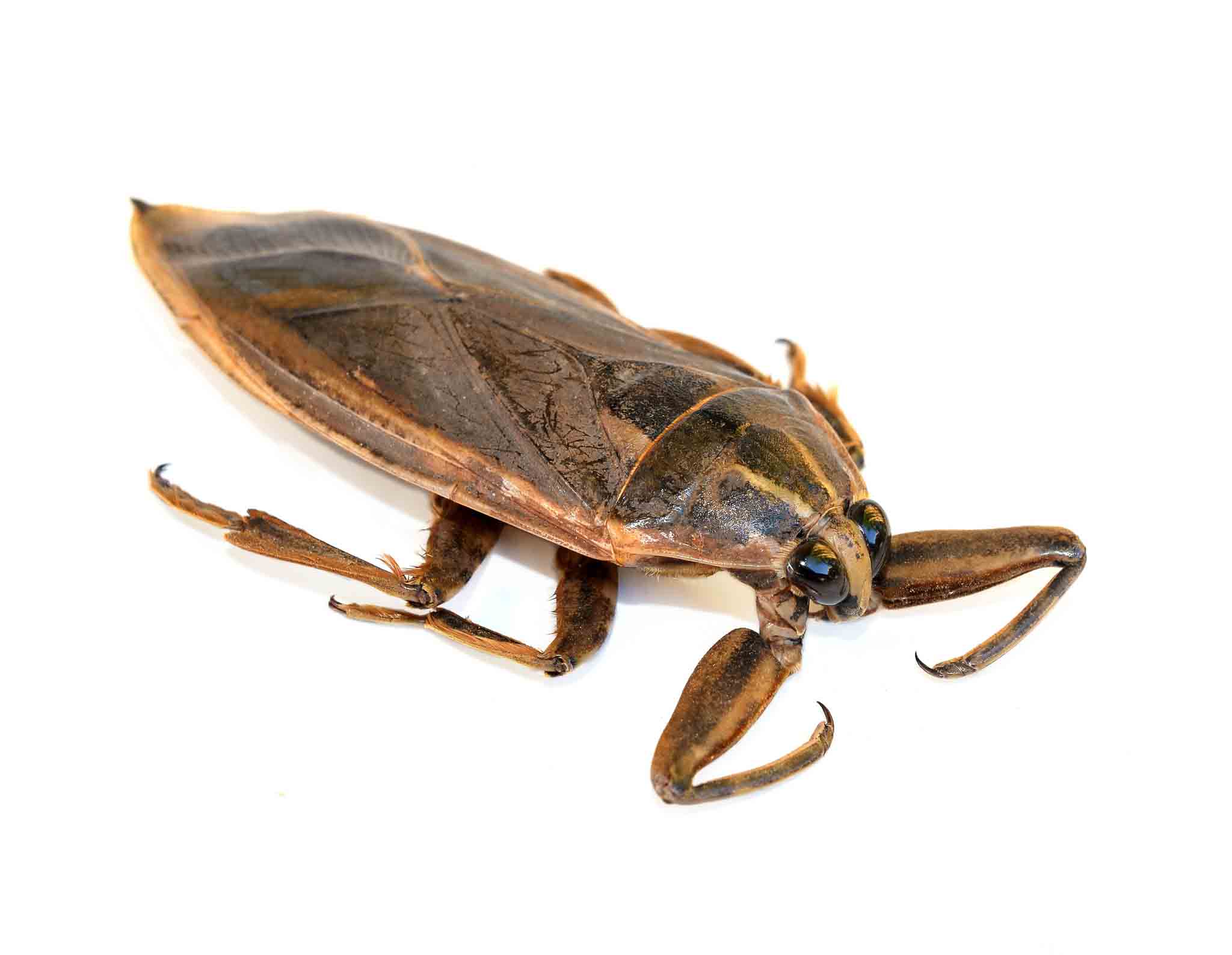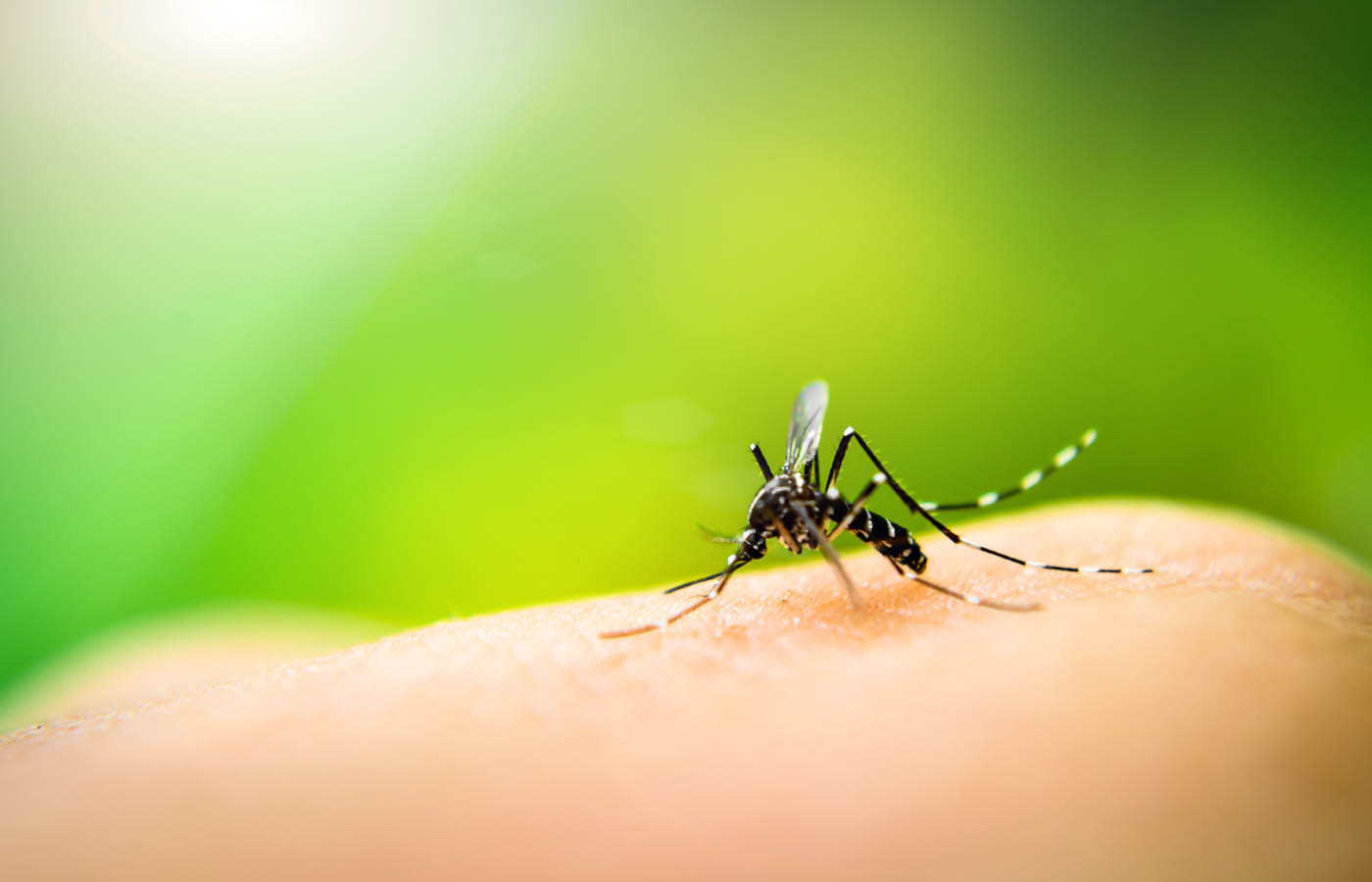Identification
Mature male and female rats in Queens weigh anywhere from 12 to 23 ounces. They are 10 to 11 inches long, excluding the tail. Male rats are comparatively larger and bulkier than female rats. Some rats lack a tail and others are entirely furless.
There are 69 known species of rats, classified as follows:
-
Norway Rats
Commonly known as sewer rats or wharf rats, Norway rats have a brown upper body, small ears, and hairless tails. Unlike other species of rats, they are not known for their acrobatic ability and found in underground basements and open fields.
Swimming, however, is their forte. They have an exceptional ability to navigate and live in sewers. They feed on cereals, seeds, meat, fish, and nuts.
-
Black Rats
Black rats, as the name suggests, have a jet-black appearance with light greyish underbellies. They are covered in fur and have a long naked tail. Unlike Norway rats, they aren’t fond of swimming.
They occupy high grounds, such as attics, rooftops, and trees, owing to their ability to climb. Their daily diet consists of grains, snails, trash, and ripe fruits.
-
Rat Species Named After Their Habitats
Rice-field rats, Australian pale field rats, Cape York rats, dusky rats, Himalayan Field rats, Polynesian rats, and a variety of other species are named after their preferred habitat.
-
Rat Species Named After their Appearance
Spiny rectum rats, soft-furred rats, thick-haired rats, sunburned rats, and yellow tailed rats are characterized by their appearance.

